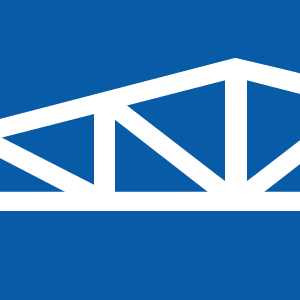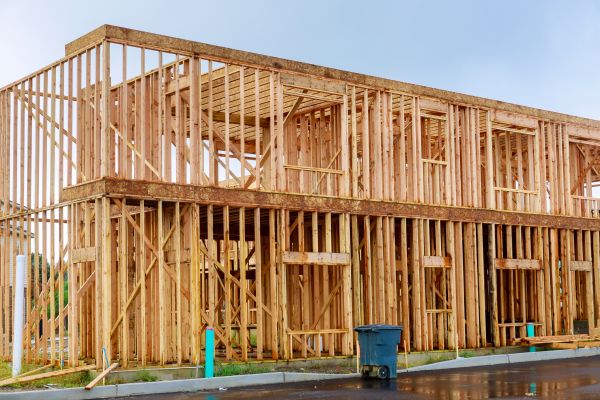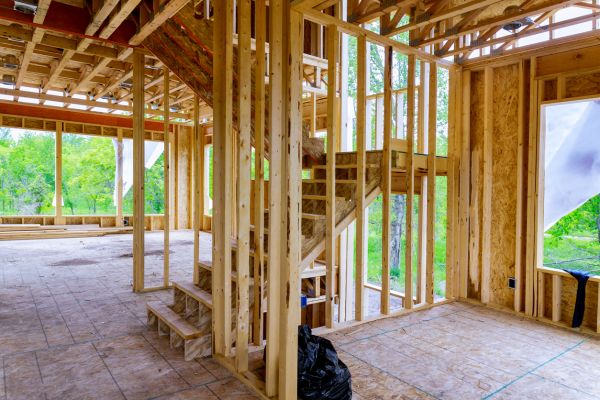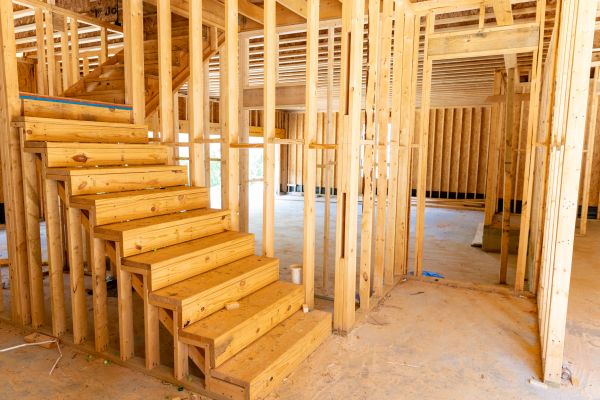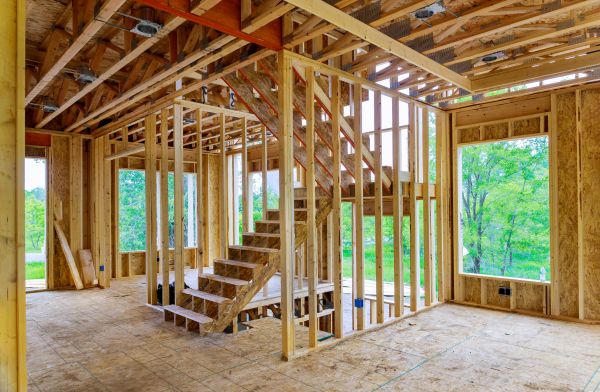Residential House Framing Service
Affordable Residential House Framing
Residential house framing is the critical phase of construction where the skeleton of a home is built. This framework forms the foundation for the walls, floors, and roof, providing structural integrity and shape to the building. It involves the precise assembly of wooden or metal frames, ensuring the house is strong and durable. Proper framing is essential as it affects the home's stability, insulation, and overall safety. Without a well-executed framing process, the house may encounter structural issues, leading to costly repairs and potential safety hazards.
Benefits of Residential House Framing
-
Structural Integrity
Residential house framing provides the essential support structure for a home. It ensures the building can withstand various stresses and environmental conditions, such as wind, snow, and earthquakes. A well-framed house is less likely to experience structural failures, offering peace of mind and long-term safety. -
Design Flexibility
Framing allows for a wide range of design possibilities. Whether you envision an open floor plan or a more traditional layout, the framing process can accommodate various architectural styles and preferences. This flexibility enables homeowners to personalize their space to fit their lifestyle and aesthetic desires. -
Energy Efficiency
Properly executed framing contributes to a home's energy efficiency. By creating a tight and well-insulated structure, framing helps maintain consistent indoor temperatures, reducing the need for excessive heating or cooling. This efficiency not only lowers utility bills but also contributes to a more sustainable living environment. -
Increased Property Value
A well-framed house typically has a higher market value. Potential buyers are often willing to pay more for a home that is structurally sound and built to last. Investing in quality framing can enhance the resale value of the property, making it a wise financial decision.
FAQs About Residential House Framing
What materials are commonly used in residential house framing?
Wood is the most common material used for residential framing due to its availability and versatility. However, metal framing is also used, especially in areas prone to termites or where additional strength is required.
How long does the framing process typically take?
The duration of the framing process can vary depending on the size and complexity of the house. On average, it can take anywhere from one to three weeks to complete the framing of a standard residential home.
Can changes be made to the design after framing has started?
While it is possible to make changes after framing has begun, it can be costly and may cause delays in the construction timeline. It is recommended to finalize design plans before the framing process starts to avoid complications.
What should be inspected during the framing stage?
During the framing stage, it is important to inspect for proper alignment, the use of quality materials, and adherence to building codes. Ensuring these factors can prevent future structural issues and ensure the safety and longevity of the home.
Fill out the contact form today to request Residential House Framing and experience the benefits of professional framing, including enhanced structural integrity, design flexibility, energy efficiency, and increased property value.
